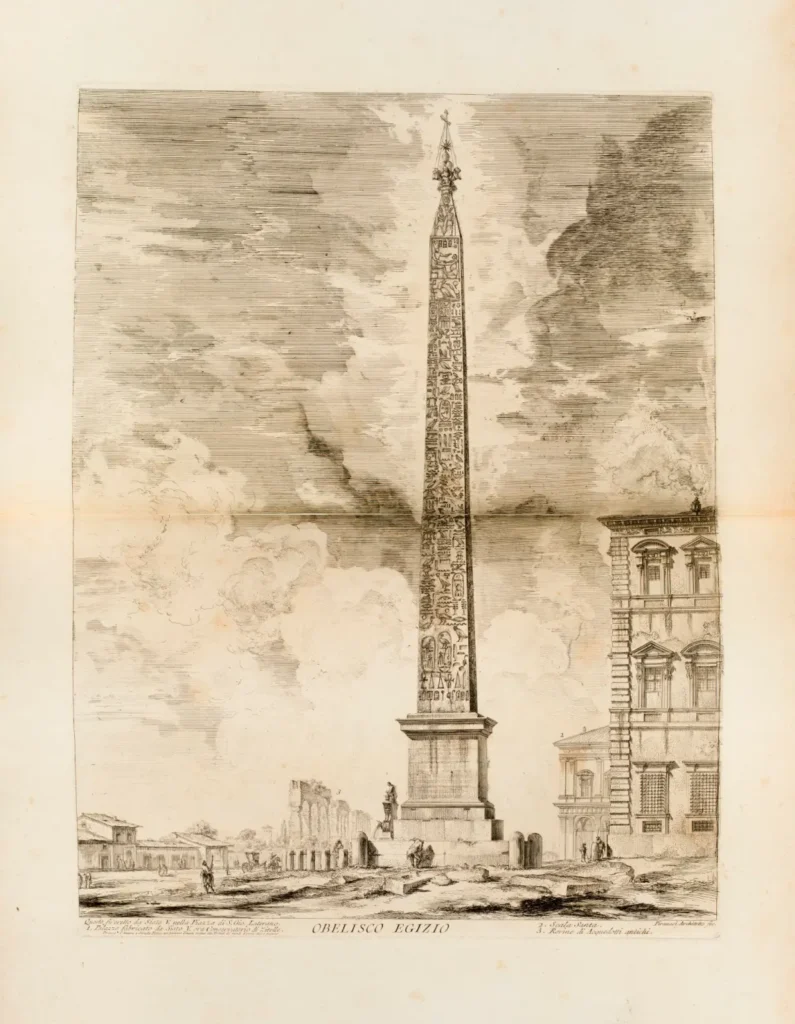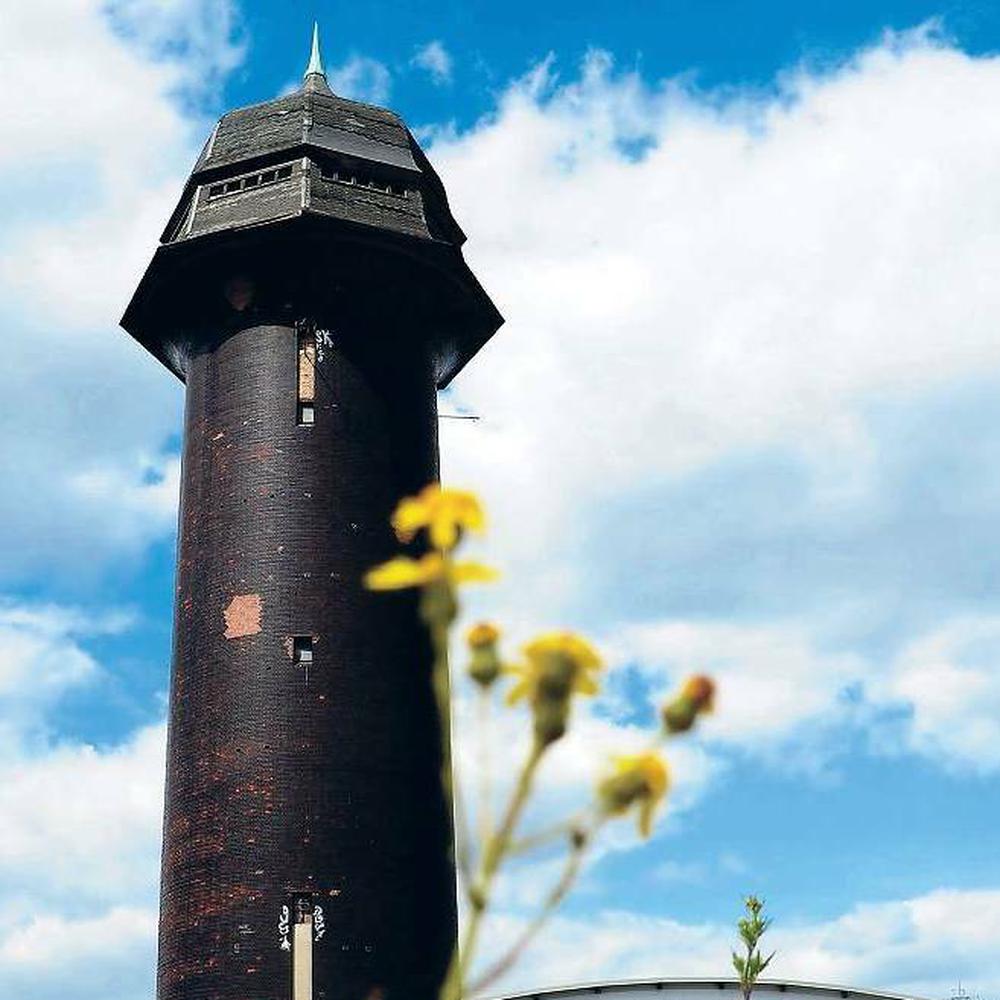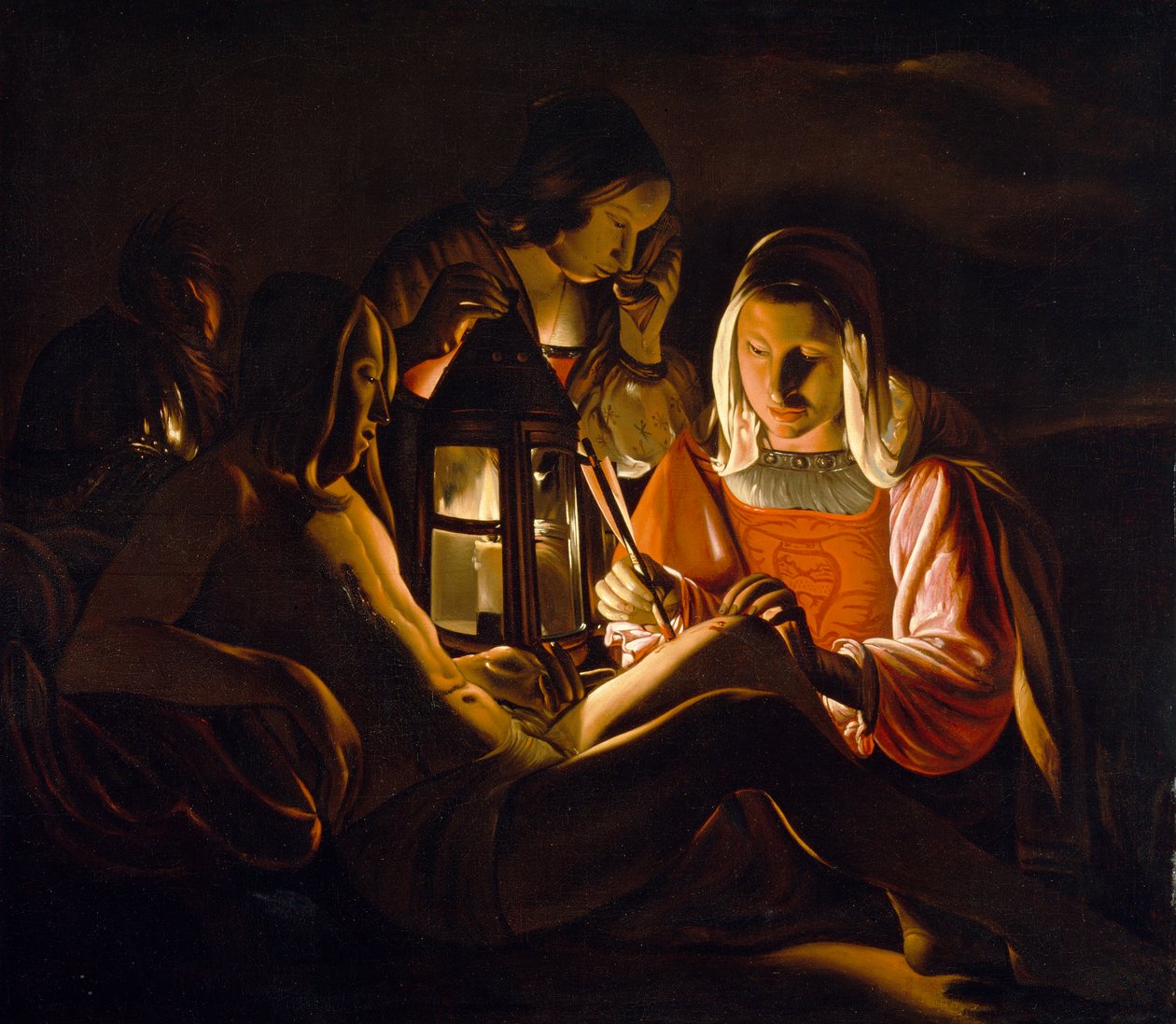In every myth worth its salt, there is a moment where the hero must step from the circle of what is known, either family, tribe, law, or custom, and cross a trembling threshold into the world’s raw, unwritten heart. This act, as Joseph Campbell saw, is not mere adventure; it is an eruption of axis, a vertical strike into the horizontal plane of routine and order. This is the phallus at work, not the organ, but the symbol: the axis mundi, the primal spark, the thunderbolt that cleaves the night. In that moment, all morality falls away, all taboos fade, and the sacred is revealed as a force that demands and sanctifies the risk of living. And, at the heart of this mythic act, this gesture that creates cosmos out of chaos, there stands always the Queen, the Lady of all crossings, who receives and transmutes every offering, be it gold, ash, or laughter.
Some symbols run so deep beneath daily language that they hold up the world without anyone noticing. The phallus is one such root. A vertical axis, present not only in the body, but in every act of founding, every myth of creation, every architecture of meaning. No ancient civilization lacked it: the Hindu lingam, Egyptian obelisk, Japanese torii, Atlantean menhir, the scepter and the temple column; these are not mere relics of fertility but eruptions of will, cries of verticality, the stubborn mark of all that insists on breaking open the surface of the world to reach for the divine. The collective unconscious knows this: without a central column, all dissolves into the mud of undifferentiated sameness. Every child who draws a line rising from the earth knows, even if only in a dream, that the future must have an axis.

Morality, on the other hand, is forever horizontal: it organizes, it files, it fences, and it slices away at excess with the blade of fear. The moralist dreads the vertical, the sudden intrusion of the phallic symbol, as it threatens the brittle peace of what has been arranged, reminding us that there is a deeper, riskier, more fertile reality forever waiting beneath the polished surface. Morality is the force that keeps the door shut; the phallus is the urge to cross it.
In tarot, the suit of Wands channels this force perfectly. Every card in the suit is an image of the archetypal phallus: beginnings, surges, intentions, transformations. The Ace of Wands rises like the first spark, will erupting out of chaos, fire at the dawn of the world, the word that splits light from darkness. As one travels up the suit, energy is multiplied, split, opposed, matured, and finally transformed. Wands are the staff, the bridge, life itself on the move.
This vertical pattern hides in every cosmology, from mythology to science. Creation myths almost always begin with a split, a penetration, a division of undifferentiated chaos by a distinct axis: Heaven fertilizing Earth, light piercing water, lightning striking the abyss. There is no cosmos without a phallic symbol, no opening of the way, no fire to consume matter and reveal Spirit. Astrology, too, confirms it: every grand cycle revolves around axes, the Sun and Ascendant, lunar nodes, the transits of Mars. They all dance the same choreography of vertical incursion, of leap, of risk.
The phallus as symbol is ambiguous by nature: it creates and destroys, lifts and shatters, illuminates and burns. It is feared, regulated, hedged with taboo and “good taste.” But the symbol resists domestication: it persists because it is structural, feeding the very energy that societies seek to channel or suppress. What is not given its place in ritual or symbol does not disappear; it returns, rotting, in obsession or violence. The rite is not about letting wild energy loose, but transforming raw fire into light, chaotic drive into axis.
Morality, in attempting to suppress or ignore the symbol, makes of the phallus a problem, not a resource. The long history of taboo, either shame, censorship, punishment, stems from the refusal to listen to what the symbol demands. The moralist forgets that whatever is not acknowledged will always come back: the phallic shadow appears in corruption, violence, and the diseases of a civilization that has cut off its axis. The symbol is dangerous only when forgotten or denied; when it is named, honored, and given ritual form, it becomes a pillar, not a wound.
Phallic worship, whether explicit or hidden, endures because it responds to a universal need: not merely fertility, but structure, meaning, connection between human and divine. In all cultures, the phallus marks transitions, initiations, ascensions to power, even the emergence of self-awareness. It is not a call to animality, but a reminder that every human is (or could be) a channel for the real, a messenger, a transformer. The yogic spine, the magician’s wand, the kabbalistic tree… They all repeat the same axis, the same potential to kindle Spirit in the flesh.

In the I Ching, the ancient Book of Changes, the entire universe is structured by the dance between the vertical and the horizontal, the active and the receptive, the penetrating and the containing. The hexagram Qian (Heaven) is pure, ascending yang, the cosmic phallus, constantly initiating, breaking through, bestowing form and impulse. Its partner, Kun (Earth) is yielding, holding, nurturing. Every transformation in the I Ching, every moment of true becoming, requires the assertive “shaft” of Spirit to break into the world of matter.
Once, in Chengdu, there was an old woman lighting incense before a cracked ancestral tablet in a tiny back alley. The act was simple, yet as the smoke spiraled upward, a vertical thread in the stale dusk, it was as if the ancient text had come alive: a line drawn from the world below to the world above, a moment when the axis broke through routine, and a prayer became bridge, however humble. The I Ching does not moralize about this moment; it teaches that when the time is ripe, the axis must appear, or nothing can be transformed. The world renews itself whenever the vertical dares to cross the horizontal, and each of us becomes the axis, if only for an instant.
The question is never whether the phallus is “good” or “bad”, acceptable or scandalous. The question is what we do with it, how we integrate it, to whom or what we offer it. In a world of easy moralism and automatic condemnation, the true courage is to look the symbol in the eye and ask what it wants. Only then does its fire serve, rather than destroy. Only then does chaos find its order, and desire its path.
Ritual, be it lighting a candle, raising a pillar, speaking a line of poetry, or crossing a forbidden threshold, exists to give body and direction to the symbol’s potency. It is not mere release of instinct, but the act of bringing that force into consonance with a greater principle, with the hidden order of the world. Where there is ritual, the phallus ceases to be a threat and becomes instead the axis of life, a channel for meaning, a bridge between matter and Spirit.
What matters, in the end, is to realize that the symbol is always at work, whether we like it or not. Morality may forbid, repress, and try to bury; but fire still burns, and the phallus still seeks to rise. It falls to the individual – artist, seeker, priest or fool – to decide whether to work with this process, or become its unconscious victim. The price of moralism is alienation; the prize of symbolic consonance is reintegration: the return of the human to the center, upright and awake.
In these times, when everything is exposed and everything is judged, perhaps the greatest act of freedom is to recognize the phallus, not as threat or scandal, but as the symbol that crosses every age, every tongue, every night. An axis planted in chaos, always reaching up, always pointing to the possibility of meaning that is made in the fire of the present, not in the shame of the past.
Yet at the center of this axis, in every true ritual, stands the ancient Lady of the threshold, who receives all offerings and holds the power to transform even the most scandalous or broken gesture into gold. The phallus is not sovereign: it serves the Queen. No true ritual, no real fire, no ascent from chaos to cosmos, occurs without Her silent presence; She who accepts every part, light and shadow, and turns even the boldest transgression into a new beginning.
Thus, when morality fails, let ritual and symbol speak: let the fire be lit, the axis raised, and the Queen invoked. In her gaze, shame is burnt away, meaning is restored, and the trembling human being finds the courage to stand upright again. Neither animal nor angel, but something greater: the bridge that was always meant to be.
